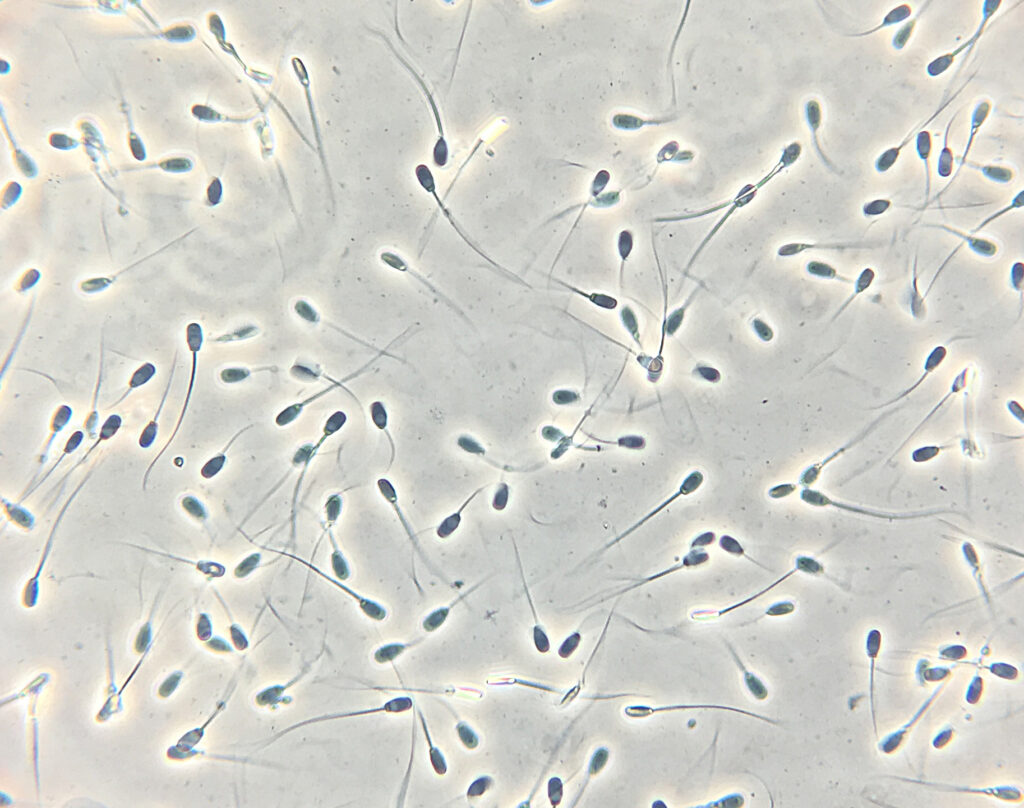By Nils Kristian Afseth (Nofima) and Ann Helen Gaustad
Even though CASA (Computer-Assisted Sperm Analysis) is broadly used to ensure semen quality, a few sub fertile boars still pass the screening of boars suitable for semen production centers. Additional factors in the semen may play a role in boar subfertility.
Seminal plasma, the liquid fraction of semen, contains many types of molecules including proteins, carbohydrates, and other metabolites. These molecules are important to protect the sperm cells and influence their function.
Molecules have vibrations corresponding to frequencies in the near-infrared and infrared regions. The frequencies are specific for different chemical bonds and can be used for quantitative analysis. A vibrational spectrum of a biological sample represents a «biochemical fingerprint». The obtained fingerprints contain valuable information on molecules in seminal plasma.
Using Raman and FTIR techniques which are rapid (few seconds) and non-destructive spectroscopic analysis we found that our boar seminal plasma spectral fingerprints contain biochemical information on semen quality and fertility.
Thus, Raman and FTIR spectroscopy hold promise as potential additional sensors for future quality control in semen production. This bring us a step further in improving the AI business as it might help us in our efforts to bring boar subfertility to zero.

